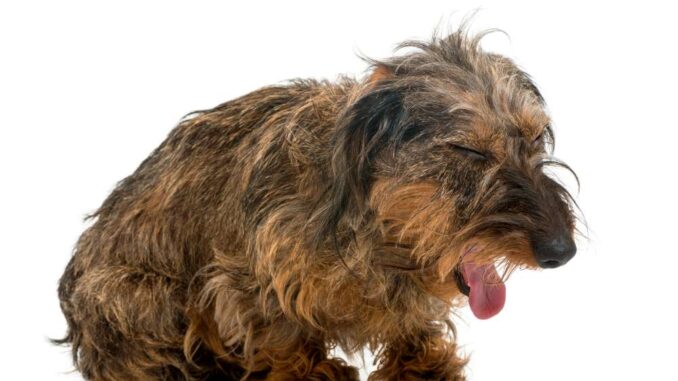
When it comes to hairballs, cats are most known for coughing up these wet chunks of fur.
But dogs can get hairballs as well.
Canines of all shapes and sizes with fur are capable of developing “trichobezoar,” or a buildup of hair casts in the stomach. And while dogs usually cough to get rid of dust or clear their airways, occasionally, they will ingest enough hair for it to become a tangled knot in their mouth, throat, and stomach.
Think your pup might be trying to cough up a hairball?
Senior Tail Waggers explains everything owners should know.
What is Dog Hairball Cough?
So, how does a dog get a hairball cough?
It all begins at the mouth. Like most furry mammals, dogs groom themselves and each other to stay clean, bond, and show affection. As they lick with their tongues and use their teeth to nibble away loose hairs, fur is shed.
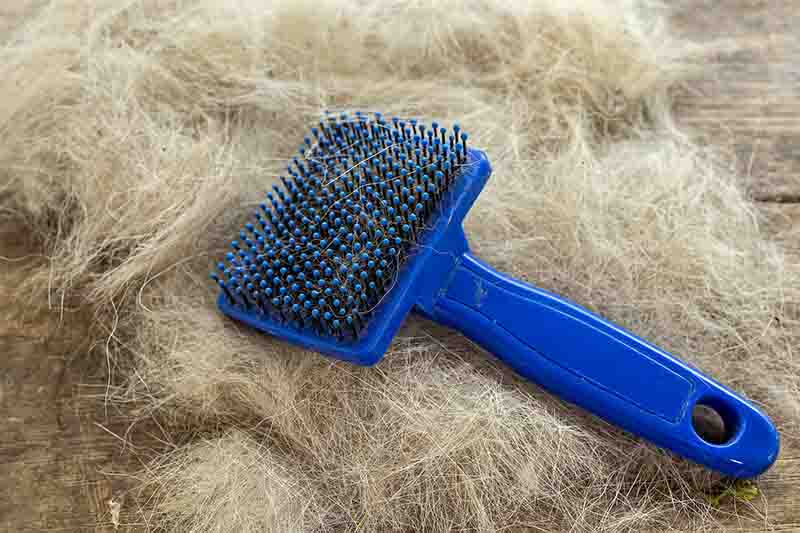
Usually, this hair simply falls to the ground and get vacuumed up later. But sometimes, it can get stuck in a dog’s mouth and accidently swallowed.
This is especially true with long-haired dog breeds like Shih Tzus, Bearded Collies, Golden Retrievers, etc. who are more susceptible to hairballs!
What happens next is the fur travels down into a dog’s belly. It then mixes with stomach acid. Because hair is made of a protein (called keratin) dogs can’t actually digest the fur they swallowed.
As a result, one of three things happen. Either they begin to emit a gagging, hoarse coughing sound to try vomit up the hairball, they pass it via stool during a potty break, or they become constipated from the obstruction and require veterinary attention.
Usually, though, most will cough and cough until finally…they throw it up!
Is this a Serious Condition?
Not typically.
Dog hairballs are unpleasant. After all, no one enjoys the feeling of being sick, including your dog. But most dogs can cough up a hairball on their own.
Ways to Address a Dog Hairball Cough
If your dog is coughing a lot, first check to make sure he’s not choking.
Stuffed toys and pillows are filled with fluff that can create blockages. Remove any unsafe objects. If your pup loves to destroy plush or rope toys, choose tougher ones instead for playtime.
In addition, owners can groom their dog regularly. A quick 5-minute brushing each day will do wonders to keep shedding manageable. This way, your dog won’t mistakenly swallow large tufts of their own fur.
Next, watch out for signs of behavioral problems. Dogs who are bored or anxious can turn to licking to cope with stress. Too much licking can lead to baldness, skin infections, and yes, even hairballs!
Finally, don’t let your dog chew on dead animals. As well as carrying diseases, birds, squirrels, mice, rabbits, etc. have fur and feathers that once inside your dog’s stomach are extraordinarily difficult to digest or pass.
Home Remedies
Hopefully, you will never have to deal with a dog hairball.
However, should the matter arise, here’s what owners can do using things already at home and in the kitchen:
- Offer plenty of water
- Feed foods rich in fibre (like sweet potatoes and green beans)
- Add a scoop of organic canned pumpkin to their meal
- For constipation due to hairballs, ask your vet about laxatives
In conclusion, don’t worry too much if your dog has a hairball cough. It’s likely to cure itself. Yet if the problem persists for more than a few hours, or you notice your dog acting abnormally, contact your veterinarian regarding next steps.
Disclaimer: This website's content is not a substitute for veterinary care. Always consult with your veterinarian for healthcare decisions. Read More.


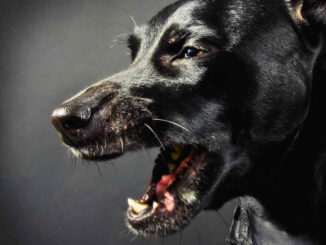
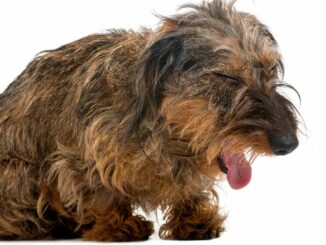
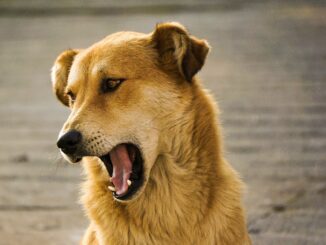
Be the first to comment